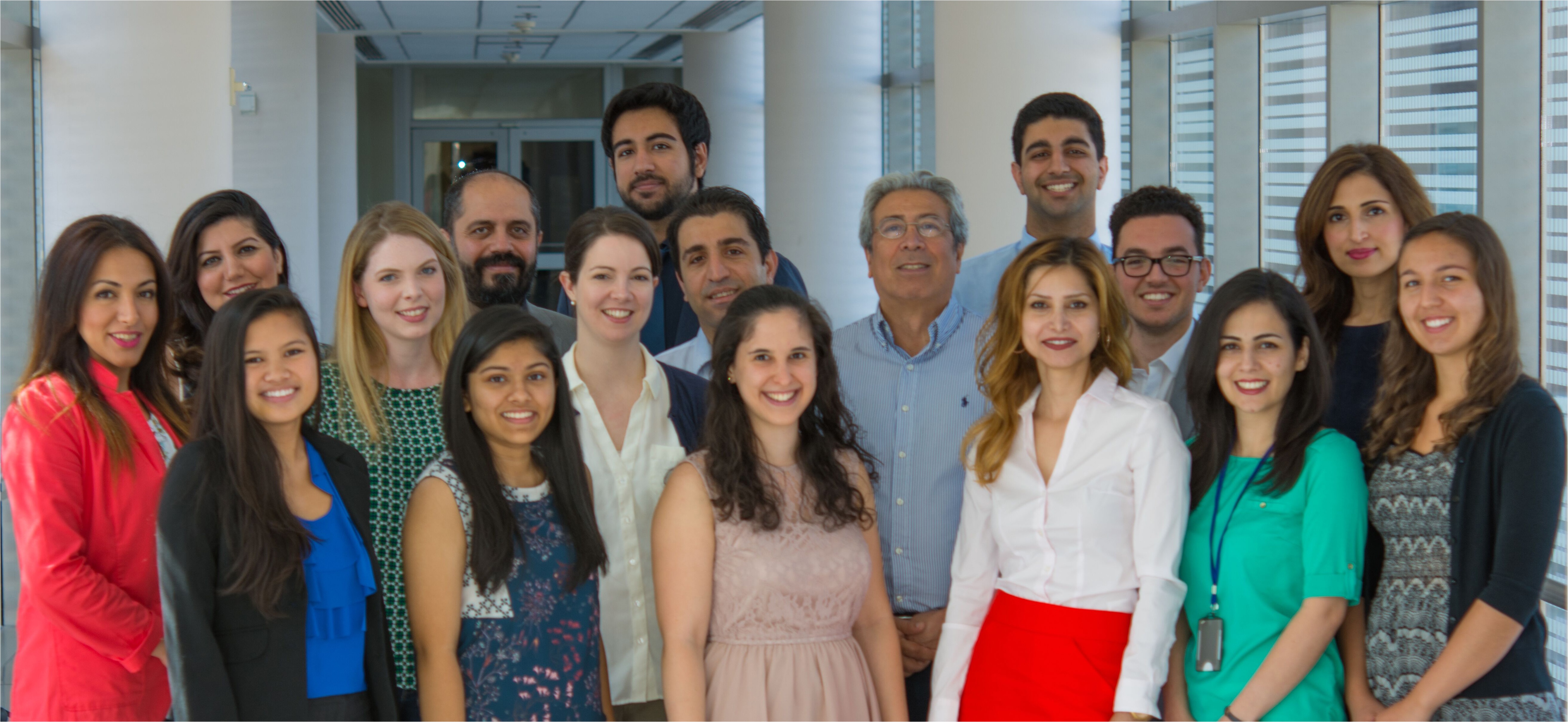Home

The Section of Translational Biophotonics (STB) devises quantitative photonics to study biological phenomena. This includes the use of stochastic modeling to light-matter interactions with random optical properties, such as those in human tissue.
Optical contrasts of interest include polarization properties, endogenous or exogenous fluorescent labels, absorption (e.g., hemoglobin or chromophore concentration), and scattering. These contrast mechanisms bring benchtop methods for pre-clinical and clinical uses. We hope to identify optical techniques that are clinically practical and offer new diagnostic knowledge with less morbidity than existing diagnostic methods.
One focus of the STB is on functional near-infrared spectroscopy (fNIRS), a noninvasive optical imaging method that assesses brain activation of the cerebral cortex. Its measurements are based on changes in the cerebral hemodynamic response associated with brain activity. Because of its portability, fNIRS is highly suited for infants, children, and individuals with neurodevelopmental disability. We are pursuing two general tracks of research using fNIRS: neurological trajectories throughout development and assessment of brain activation during cognitive tasks typically used in functional magnetic resonance imaging (fMRI).
We are also developing methods to monitor placental oxygenation during pregnancy. Abnormalities in placental oxygenation have been associated with preeclampsia, intrauterine growth restriction, fetal hypoxia, and cerebral palsy, yet there is no adequate diagnostic measure for a quantitative understanding of placental oxygenation. Using optical imaging, we intend to measure baseline placental oxygenation for in vivo pregnancies and correlate pregnancy outcome. In parallel, we are developing a novel technique called Dynamic Full-Field Optical Coherence Tomography (DFFOCT) to study placental cell metabolismin vitroat physiologically relevant variations of oxygen levels.
Our engineering and photonics projects are multi-disciplinary, engaging data scientists, psychologists, neuroscientists, and physicians. We conduct collaborative research both nationally, internationally and within the Intramural Research Program (IRP) of the NIH. Our goal is to further the fields of biophotonics and optics with innovative methods to eventually benefit the populations we study.
 BACK TO TOP
BACK TO TOP